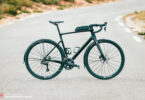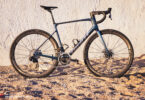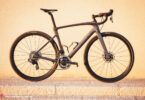Trek didn’t hold back when it came to advertising the Trek Madone 9.5 Ultegra Di2, calling on dramatic hyperbole to sing its praises: “The Madone is the ultimate fusion of power, aerodynamics, ride quality, and integration […] a marvel of road bike engineering.” They haven’t over-hyped it either, seeing it take top honors in our 2016 group test. But can it still hold its own against the broader test fleet and the newer entries? And can one really call it a marvel?
For an overview of the test fleet head to the main article: What’s the best road bike for Mallorca?
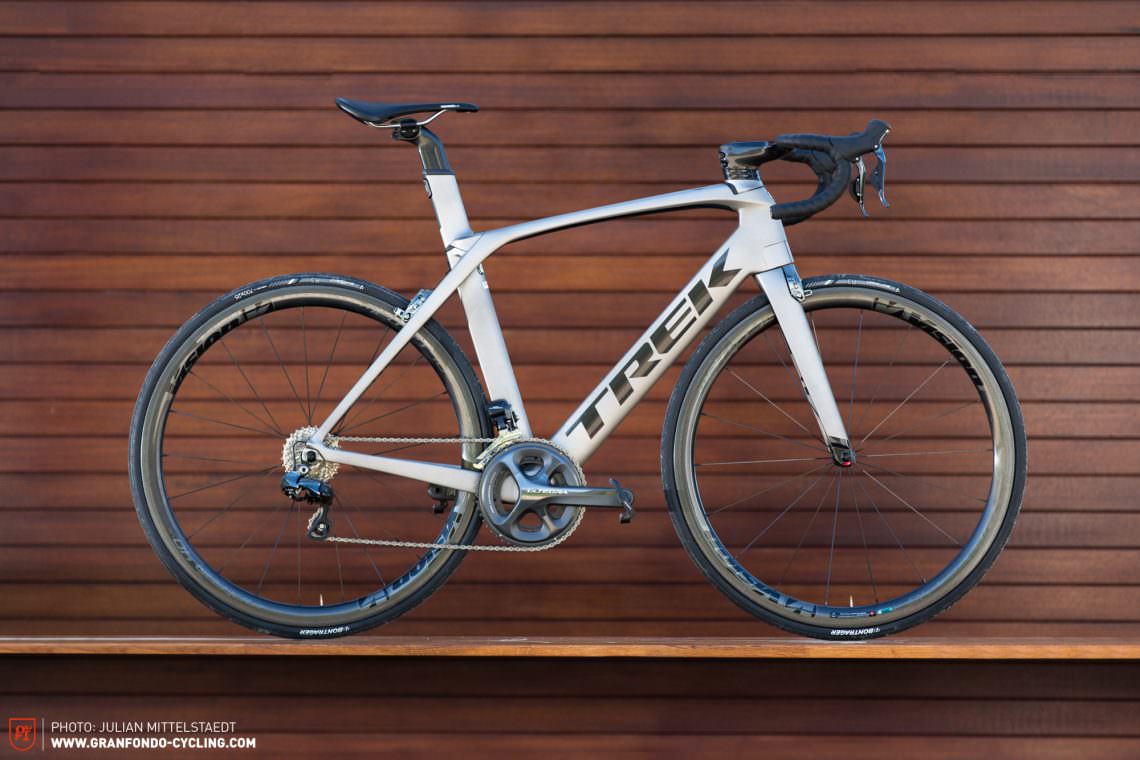
One of the most exciting and eye-opening bikes on the market with bags of technology, the Madone has signature aero tubing, clever aero ‘flaps’ in the steerer to integrate the brakes, a fully integrated carbon cockpit and Trek’s IsoSpeed technology to decouple the seat tube from the frame to boost comfort. The list goes on, with each element enhancing the performance and elevating its distinctive character, further amplified by the matte metallic space-gray paint job with black decals. Even with the more relaxed H2 geometry, the Madone channels an imposing and speedy image with its muscular oversized tubes.
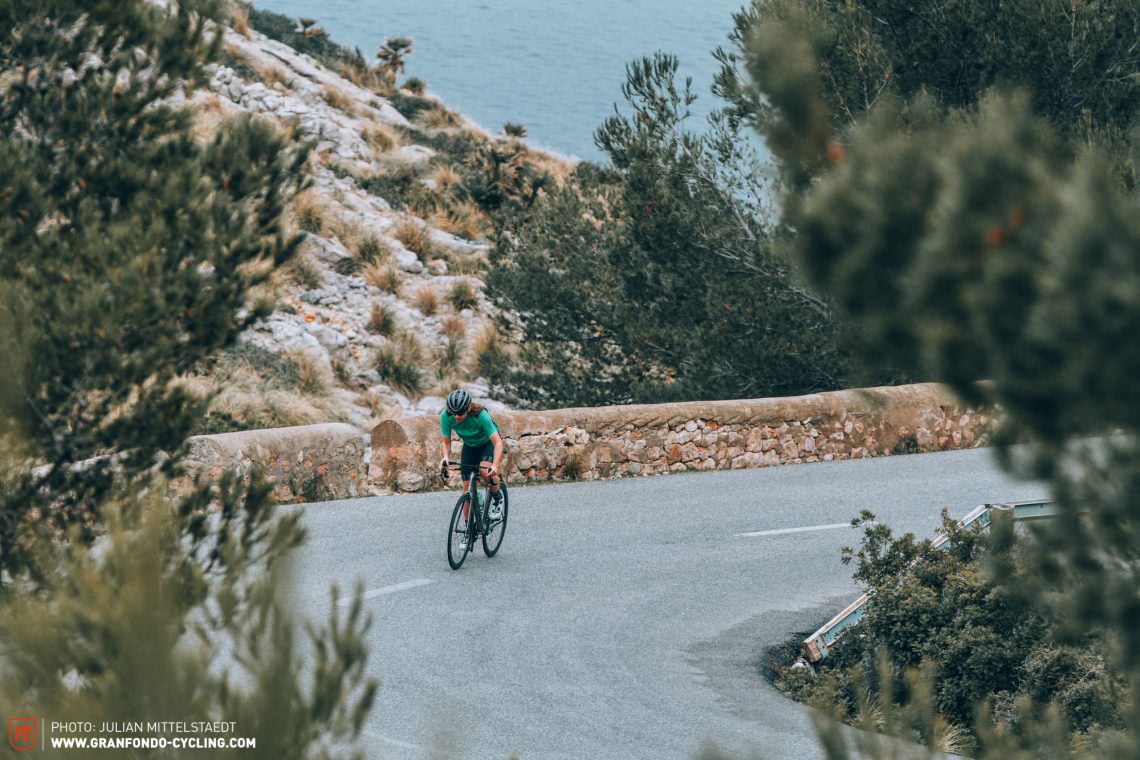
The 7.45 kg Trek Madone retails at € 7,999 and sports the full Shimano Ultegra build. While the price is far from cheap, every penny contributes to its super precise steering, efficient pedaling and rapid acceleration. While a real asset for speed, the Vision Carbon wheels dip below Trek’s normal 136 kg rider weight limit and are only suited to riders weighing less than 100 kg.
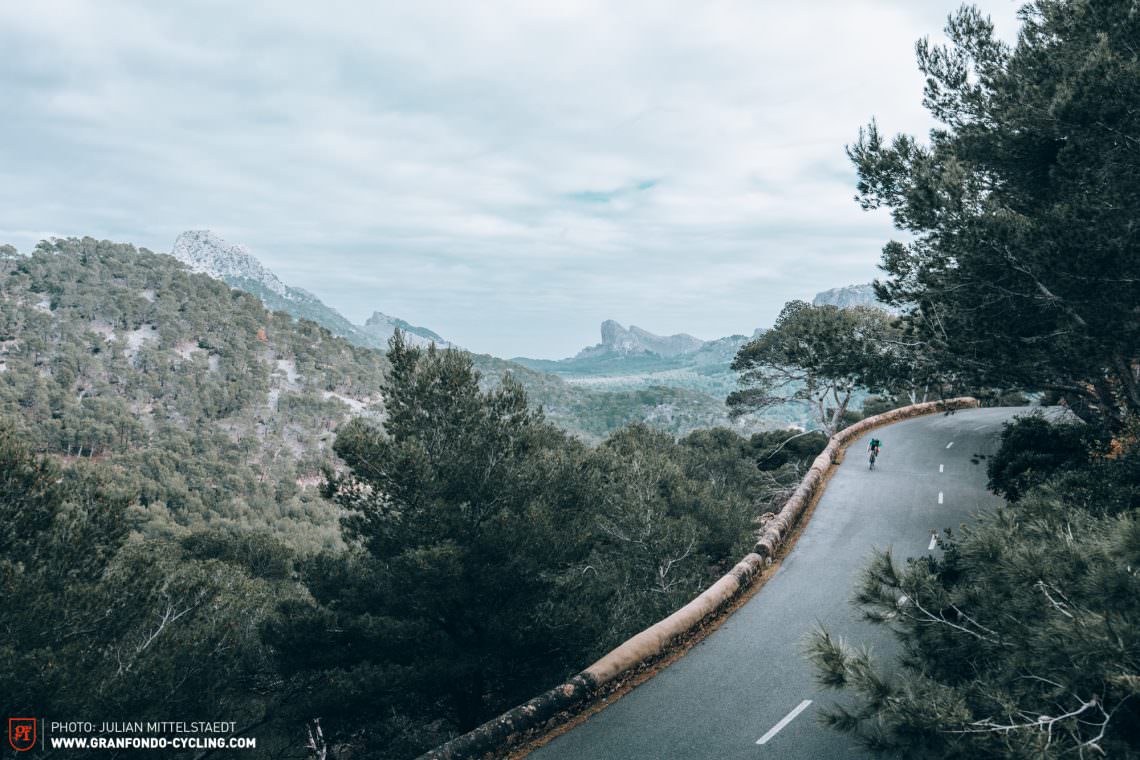
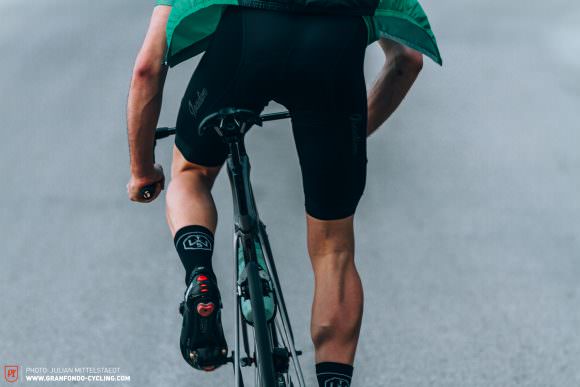

The Madone climbs purposefully, even though its 450 mm wide bars and saddle-to-bar drop could lead to you to think otherwise. On descents these elements lead to a less aero position, but the width of the bars lends confidence and elevates the bike’s steering. There’s a lot of comfort donated by the IsoSpeed technology at the rear, which soaks up vibrations without any sense of inefficiency.
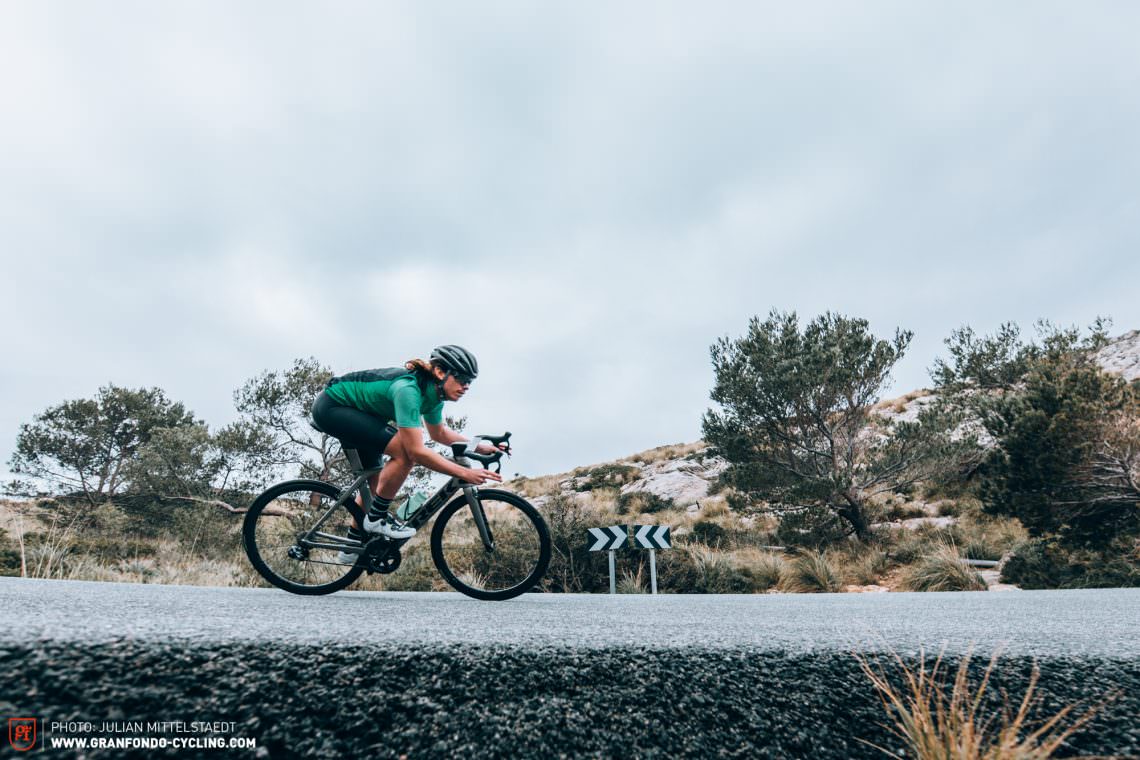
The cork brake pads had a tendency to squeal loudly whilst on the island, heralding the arrival of an oncoming bike. Fortunately, this didn’t impact on the braking performance of the Vision Carbon rims. Given the bike’s integrated seatpost, there’s limited adjustment available meaning less liberty with the sizing. Our test bike in a size 56 was limited to average-build riders between 175 cm and 185 cm tall, so we’d certainly recommend trying before buying.
The Trek Madone 9.5 Ultegra Di2 in detail
Drivetrain Shimano Ultegra Di2, 11spd
Wheelset Vision Metron 40 Ltd, 40 mm
Brakes Trek integrated
Tires Bontrager R2 Hard-Case Lite, 700x25C
Weight 7.45 kg
Price € 7,999
More Info trekbikes.com
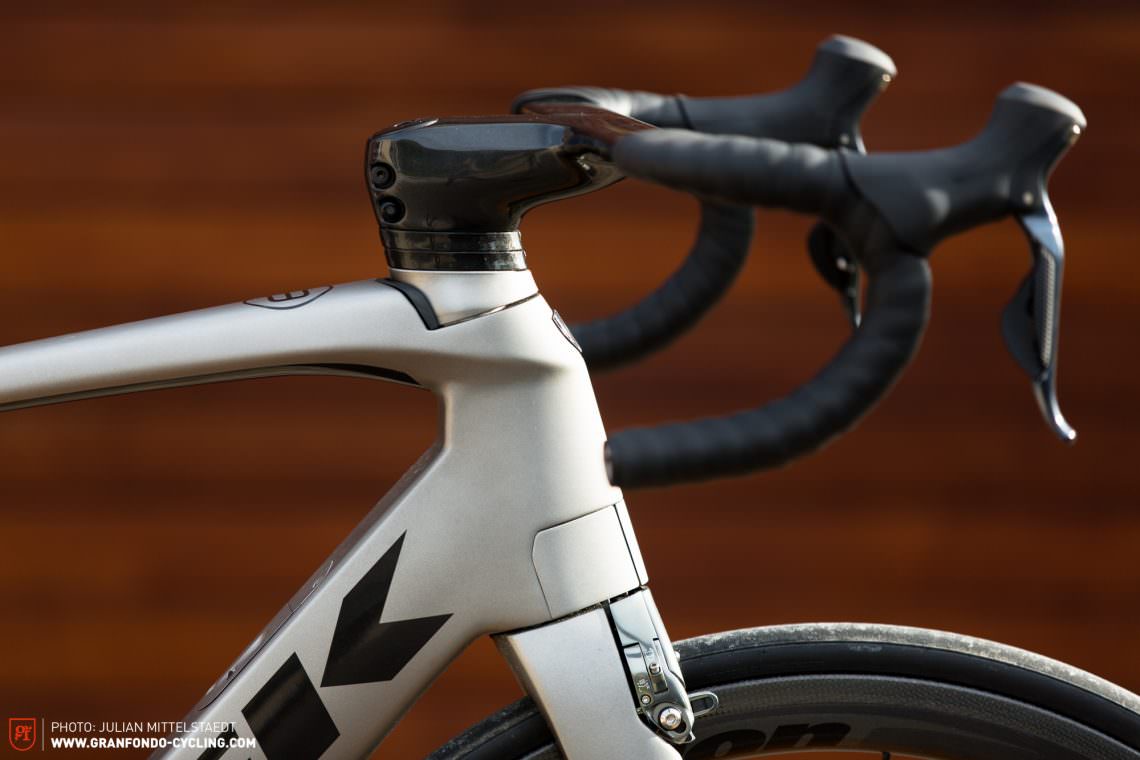
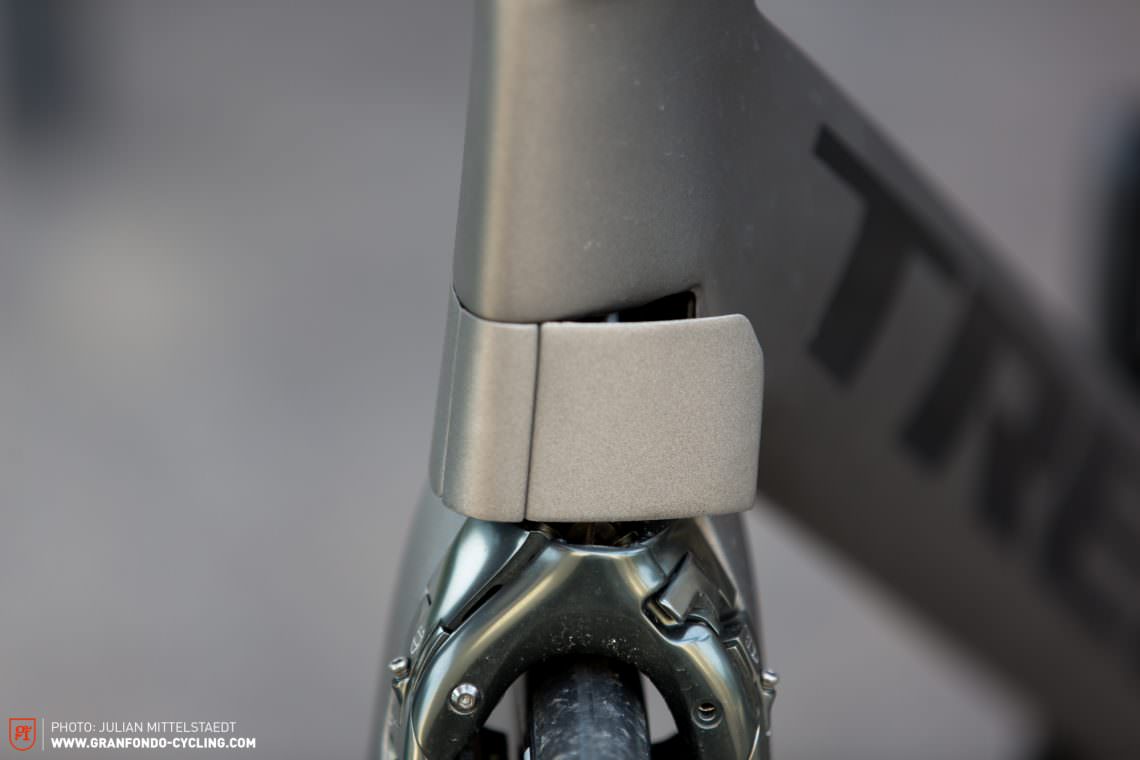
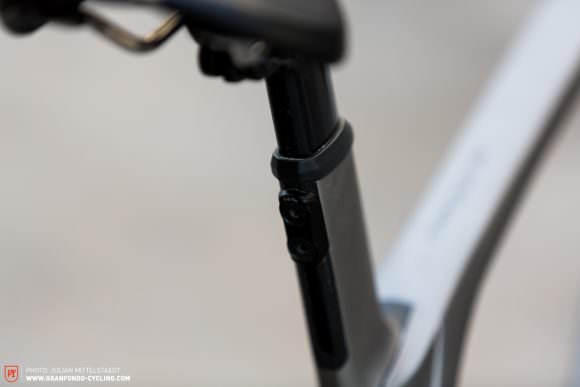
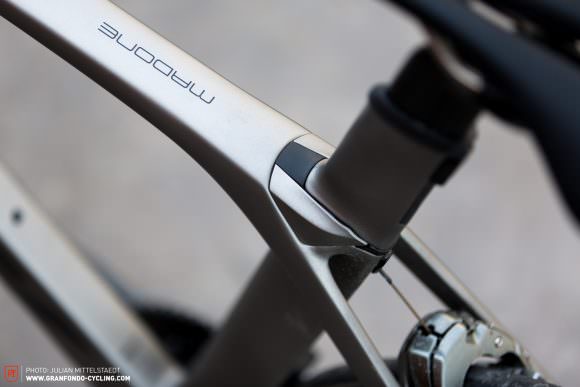
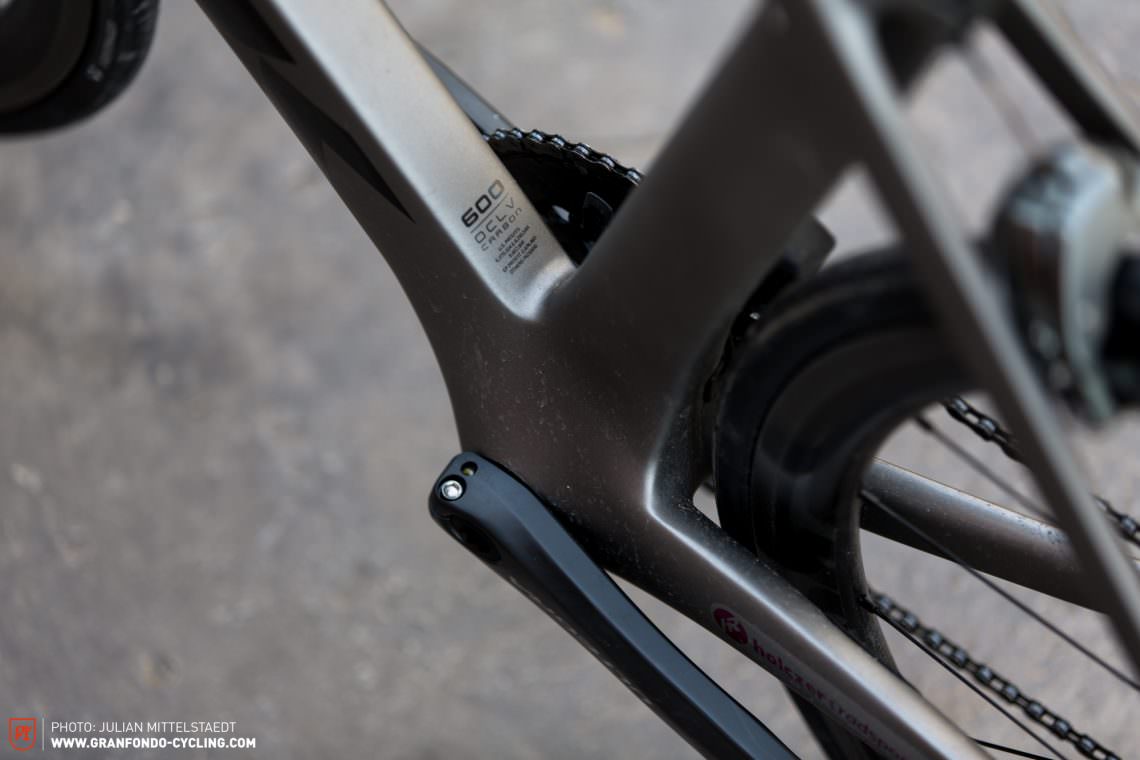
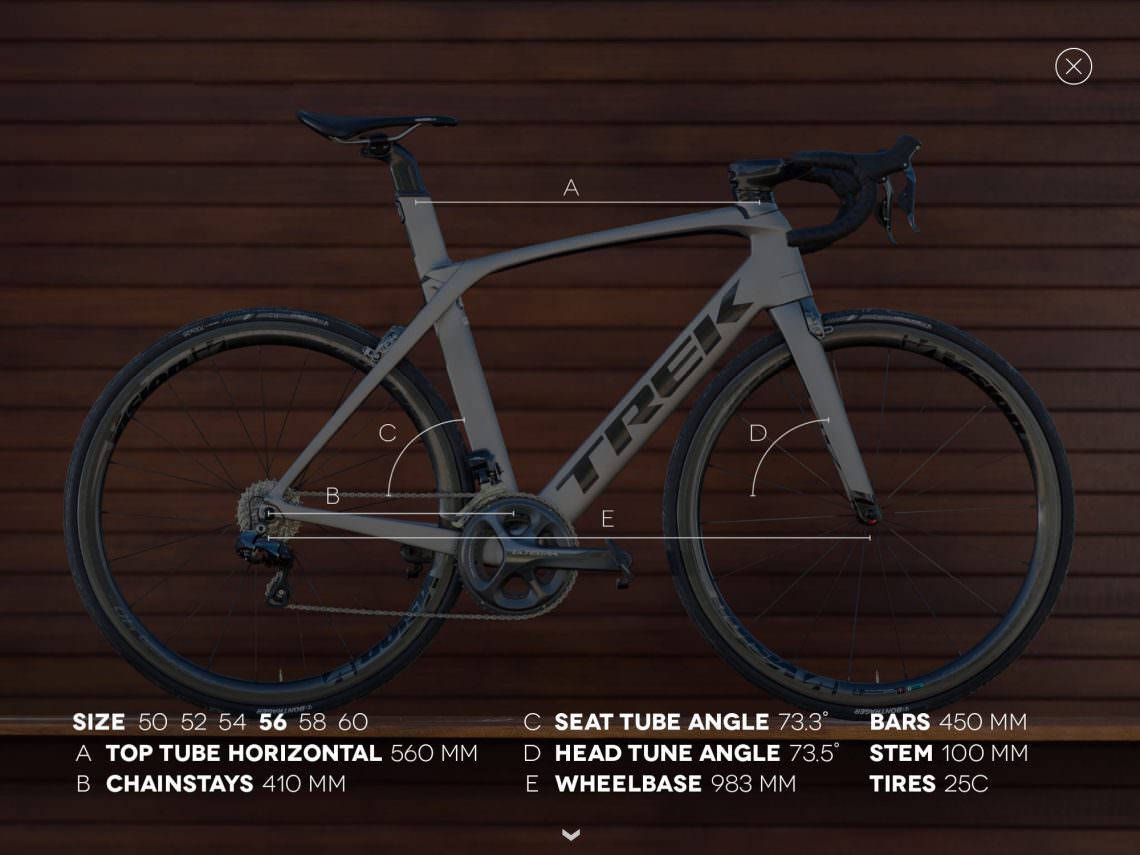
Trek Madone
Strengths
+ Precise handling
+ Integration and detailing
+ H1 and H2 fit options
Weaknesses
– Squealing brakes
– Limited saddle height adjustment
For an overview of the test fleet head to the main article: What’s the best road bike for Mallorca?
All bikes in test: BMC Teammachine SLR01 | Cannondale SuperSix Evo HiMod Ultegra Di2 Disc | Canyon Ultimate CF SLX Disc 8.0 Di2 | Cervélo S3 Disc Ultegra Di2 | Festka Spectre Space Odyssey Edition | Giant TCR Advanced Pro Disc | Heroïn H1 Limited Edition | Lapierre Xelius SL 700 Ultimate | Rose X-Lite CDX 8800 | Standert. Kreissäge | Stelbel Antenore
This article belongs to the GRAN FONDO Issue #004. For the full interactive experience we recommend reading it in our magazine app for iPhone & iPad – it’s awesome – and free!
Did you enjoy this article? If so, we would be stoked if you decide to support us with a monthly contribution. By becoming a supporter of GRAN FONDO, you will help secure a sustainable future for high-quality cycling journalism. Click here to learn more.
Words: Robin Schmitt, Manuel Buck, Benjamin Topf Photos: Julian Mittelstädt, Valentin Rühl





